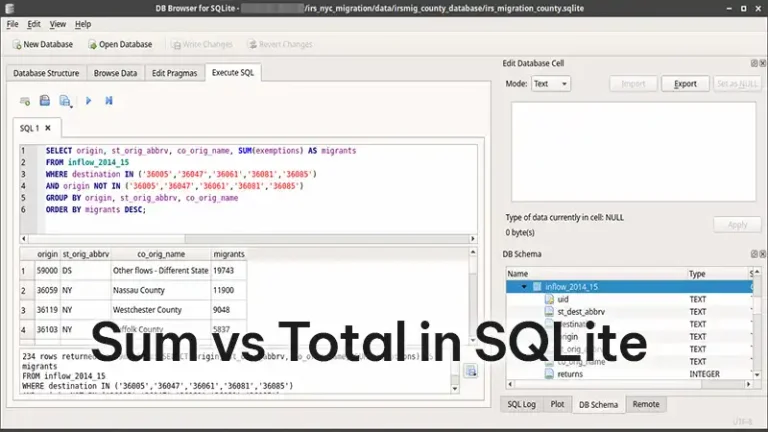SQL Interview Questions for Business Analysts | Prepare for Success
Business analysts play a crucial role in organizations by analyzing data to provide insights and recommendations for informed decision-making. SQL (Structured Query Language) is a fundamental tool for querying and manipulating data, making it essential for business analysts to possess SQL proficiency. In this article, we’ll cover some common SQL interview questions that business analysts…










